Better Sleep, Best Recovery – Everything You Need To Know About Sleeping Better For Performance
We include links to products we think are useful for our readers. If you click and buy a product through one of the affiliate links on this page, we may earn a small commission.
Get smarter about how, why and when to sleep. Plus, smart people track their sleep data.
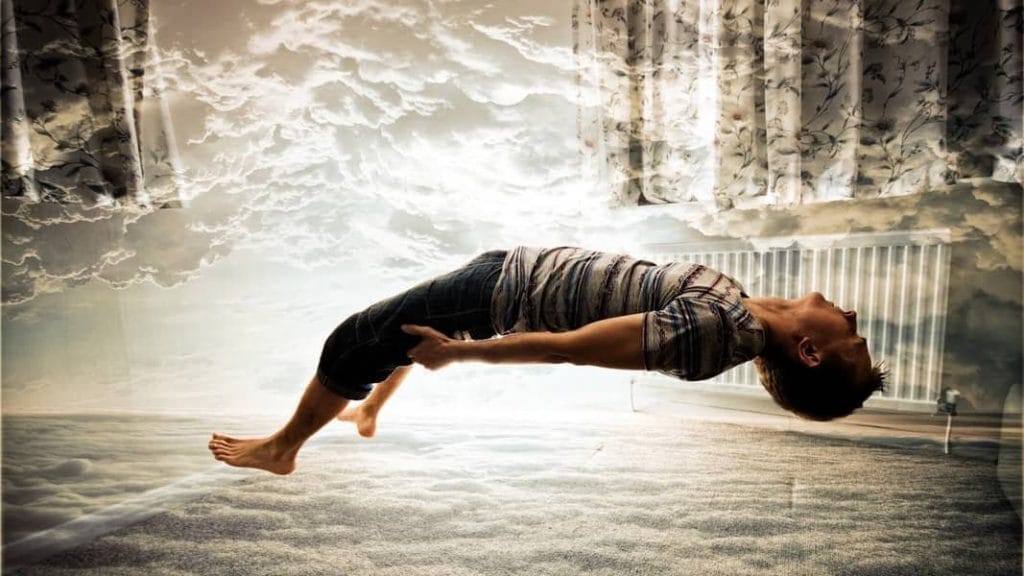
The best athletes, high performers, biohackers and sleep experts already know that peak human performance, faster recovery from exercise and better overall wellbeing starts with a good night’s sleep. We know most of you are already aware of the fact that sleep is essential for good health, but there might be some sleep hygiene practices, supplements and essential sleep science that you need to know to optimise your sleep quality to not only fall asleep and stay asleep but to do so at the right time and under the right circumstances.
In this article we explore the ins and outs of getting the best possible sleep for the fastest possible recovery and best possible performance by creating the best conditions for a sound sleep using body temperature regulation, sleep supplements, sleep hygiene habits, light signalling and exercise.
Why We Need Sleep For Recovery And Life
Sleep experts are constantly informing us of the absolutely essential nature of sleep for all things including energy levels, mental performance, athletic performance, muscle recovery, mental health and wellbeing, skin health, hormone health, problem solving, learning and sexual function.
Sleep is indeed the golden chain that ties our body and mind to good health. Sleep scientist, Mathew Walker, explains that “Every living organism on the planet needs sleep, even if it’s a small amount. Sleep is an integral component of human health, and sleep loss can adversely affect the way we function in our everyday lives.”
There are many alarming psychological, physiological and economic consequences of not getting enough sleep. The Centers for Disease Control and Prevention (CDC) in the United States has declared insufficient sleep a “public health problem.” It is true that insufficient sleep affects all age cohorts and can cause dire outcomes for both short and long term health as well as day to day human functioning.
Sleep affects everything from our ability to process traumatic events, creativity, immunity, metabolism, mental health and even genetic makeup. One would be smart enough to conclude then that it might be beneficial to know how to get the best sleep possible.
Watch this 8 minute clip on improving sleep.
Sleep Stages For Different Functions
Although what we aim for is to just fall asleep fast and stay asleep the whole night it is also relevant to understand what is going on when we sleep to understand the importance of sleep for things like recovering from exercise and injury, executive functions like memory and learning as well as dealing with stress and trauma.
We know the feeling of a good night’s sleep, we are happier, less anxious and perform optimally. Although many areas of sleep are still not completely understood, science tells us that sleep is divided into 4 distinct sleep phases. Every stage of sleep fulfills a distinct physiological and psychological function, and occurs in a predictable sequence, with each stage equally essential for optimal functioning of the brain and body.
SleepCycle
Interestingly, the first stage of sleep begins to occur while still essentially in a wakeful state but transitioning into sleep, being the lightest and (hopefully) shortest part of sleep lasting from 1-7 minutes depending on how good your sleep latency is. This stage can be characterised by muscle jerks and involuntary contractions as well as feelings of falling.
The second stage is also considered a light stage of sleep and can be characterised by a halt in eye movement, reduced environmental awareness, decrease in heart rate and body temperature and relaxation of the upper airway muscles. Typically the brain waves also slow down during this phase.
The third stage of sleep, slow wave sleep, occurs about 40 minutes in and is characterised by the release of appetite suppressing hormones, reduced blood flow to the brain, increased blood flow to muscles for repair and growth, memory consolidation, reduction in blood pressure and heart rate and slowing of breathing. Studies show that this stage of sleep is also essential for immune strengthening and neuroprotective qualities.
The final sleep stage is the Rapid Eye Movement (REM) phase and is characterised by distinct body movements, muscle paralysis, rapid eye movements, changes is breathing, circulation and body temperature as well as vivid dreams. It is important to note that insufficient sleep in the REM stage can result in lowered immunity, impaired hormone production, poor metabolic function and increased risk of neurological diseases like dementia.
So what does it all mean? There are many theories on why we sleep and there are some amazing resources on the science of sleep and how it affects us and to understand sleep in more depth we recommend reading the mind blowing book Why We Sleep, by Matthew Walker.
Light Signalling: Why The Eyes Are The Key To Improving Sleep
The visual system and the light it takes in is known as the biggest key to influencing sleep and influencing the signals that determine the quality and quantity of our sleep. It is possible, and recommended by the experts, to use light stimuli to affect sleep quality. To optimise sleep, our light viewing can significantly impact our alertness and also set the scene for our ability to fall asleep and indeed stay asleep until the most appropriate time the next morning to again set the best conditions for continually good sleep.
Our eyes are constantly receiving information about what time of day it is through the light that is being cast into them. This light signal has a huge impact on our master clock or circadian rhythm, which determines when we wake and when we lay down to get sleep. In his chat with Tim Ferriss about sleep optimisation, increasing performance and increasing testosterone, neurobiologist Dr. Andrew Huberman insists that when you wake in the morning you should really be aiming to get direct bright sunlight to the eyes for between 2-10 minutes. This serves two functions: it triggers cortisol which acts as a powerful waking signal to set the start time for your body clock as to the waking hours; and it starts a timer for the later release of melatonin which is the ‘sleepy hormone’ that sends the powerful signal that it is time to go to sleep.
It is true that we should conversely limit our light exposure at the key times that this melatonin production would usually start to occur, that is, the recommendation is to begin switching off devices and minimising light exposure within 2 hours of sleep.
The two key things that we are putting into practice to give us the best possible chance of getting to sleep and recovering fast are that we are firstly exposing the eyes to bright light (ideally sunlight) at a suitable time, like sunrise, to promote wakefulness via cortisol production; and we are also minimising the chances of blunting melatonin release at key times that we should be transitioning into sleep by cutting out artificial light exposure to the eyes.
Some of you might be saying that it simply isn’t possible to avoid light exposure from devices due to working hours and requirements brought on by our ‘always on’ society. Read on to find out how to keep using your phone or device but still block the harmful blue light that is stopping you from sleeping…
How To Work Around Light Exposure At Night With Blue Light Blocking Glasses
We wrote about blue light blocking glasses in our article, Why You Should Wear Blue Light Blocking Glasses Every Night. The truth is, our addiction to phone use isn’t getting any better with cell phone addiction contributing to poor psychological and physiological health in a large portion of the population, studies show. “Excessive use of smartphone paired with negative attitude and feeling of anxiety and dependency on gadgets may increase the risk of anxiety and depression”. These feelings obviously have a follow on effect and negatively impact our sleep and dampen our performance potential. To combat this, biohackers have been optimising their sleep for years with blue light blocking glasses.
What Is Bluelight?
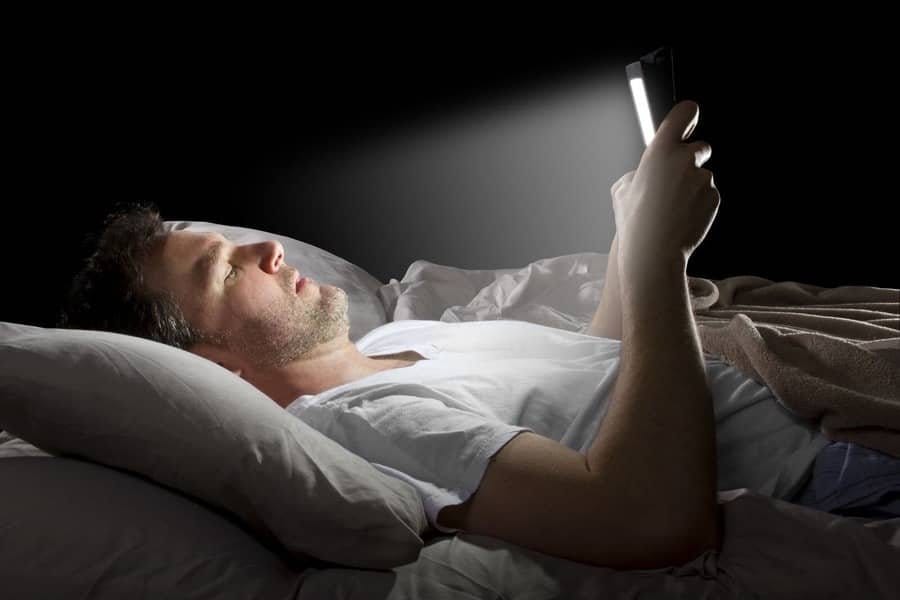
Although bluelight is something that is in part required for optimal light signalling, it is only a desired type of light at times when we would naturally be getting light stimulation like during the day. Blue light is part of the visible light spectrum and counts for about ⅓ of the high energy visible light, also emitted by the sun. So although blue light is healthy in general, we want to avoid it at night from artificial sources like fluorescent light, LEDs, flat screen LED televisions, computer monitors, smart phones and tablet screens. To combat the effect of blue light on sleep we can do four key things: limit blue light emitting devices altogether; use red light screen settings on our devices; or wear blue light blocking glasses; use a sleep mask during sleep hours (or indeed all four in combination).
What Are The Best Blue Light Blockers
There are many options out there in well designed and scientifically tested glasses to reduce the amount of blue light at night while using devices that typically emit light that is harmful to the melatonin signals that are essential for sleeping well for the whole night. Blue light blocking glasses work by using a film inside the glasses that reduces the blue light waves received by the eyes.
We have used Blue Light Blockers at night just about every night to help get the best sleep. Block Blue Light glasses lenses block at least 98.5% of all blue light and green light up to 520nm, as well as tapered blocking through 640nm. Simply wear your Ocusleep glasses 2 hours before you go to sleep. Once you put them on, your brain will begin releasing natural melatonin and you should feel tired at your natural bedtime. While wearing your Ocusleep glasses, you can do all of your normal evening activities. We wear these blue light blockers at night whether we are using devices or not, as they also block any external lighting from street lights or ambient lights being used that contribute heavily to the light pollution you want to avoid.
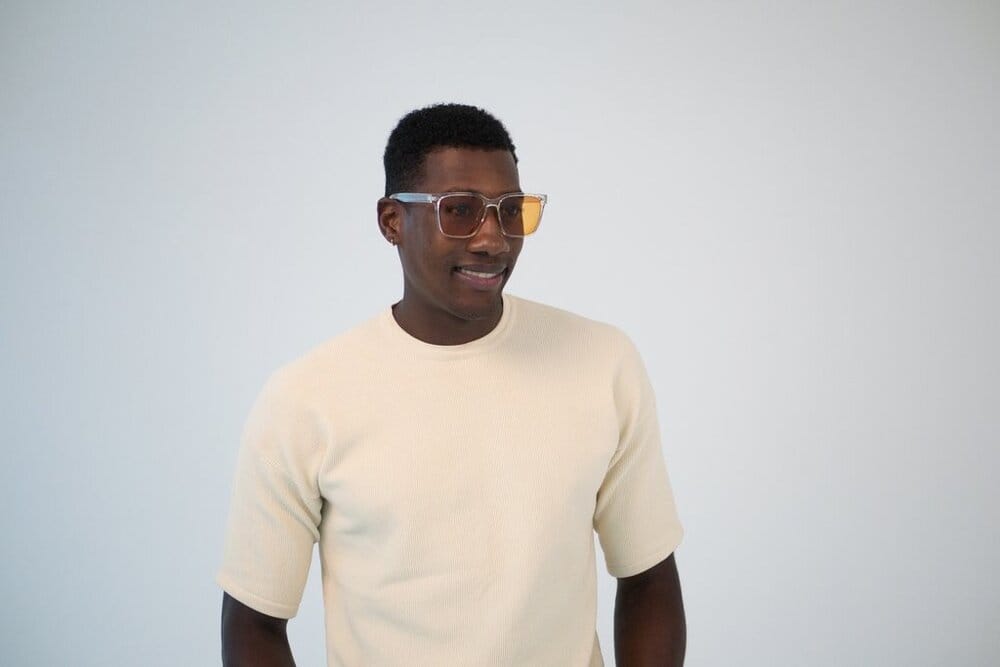
Related Article: Fall Asleep Fast – 9 Tips For Better Sleep Hygiene
What Is The Best Sleep Mask?
In addition, eye masks for sleeping are an effective way to block out blue light and are a good tool to improve your sleep hygiene. An eye mask is a cheap and effective way to get a better sleep by reducing the blue light exposure from any street light or ambient light that sneaks its way into your sleeping space. A mask is also a superb travel companion to continue good sleeping habits when travelling and attempting to sleep on aircraft or foreign sleep environments that you don’t have control over light emissions.

Just a pinprick of light can disrupt REM and deep sleep, leading to post-sleep tiredness. We use the Manta Sleep mask which perfectly covers and conforms to your eyes to block 100% of light, even in broad daylight — so you always get deep, uninterrupted sleep.
How To Bulletproof Your Sleep Environment With Temperature Control
Temperature is another very important trigger for sleep. Studies in sleeping humans indicate that thermoregulation is strongly linked to the mechanisms of sleep. An optimal sleeping temperature for the best sleep is between 18-20 degrees celsius (65F) and can significantly improve our ability to get to sleep and stay asleep during the night without tossing and turning causing sleep disturbances. Couples may experience increased difficulty with sleep temperature, having to regulate body temperature alongside another body that may have a slightly different optimal sleeping temperature.
It turns out that your brain and body need to drop in temperature by about 1 degree celsius to initiate sleep effectively. There are a number of ways to manipulate your body’s temperature to achieve a drop in core temperature to fall asleep fast and transition from wakefulness to sleep without delay – this is known as good sleep latency. We have the ability to control both body temperature and room temperature.
The top 3 ways to control temperature are:
Body temperature hacking with an infrared sauna or hot bath half an hour to an hour before bed
Ambient room temperature control via an air-conditioning unit
Bed temperature control using the Chilisleep Cooling System
Hack Your Body Temperature With Sauna For Better Sleep
Manipulating the core body temperature through hot baths, showers, or saunas – which can have a paradoxical effect on reducing core body temperature – can have dramatic effects on our ability to fall asleep. What we mean by that is that when we step into a hot sauna or bath for a period of time our body temperature rises, causing the body to naturally attempt to cool itself. What happens is that post sauna or bath, the core body temperature lowers as the blood is drawn away from the core to attempt to cool the skin. As you exit the sauna the heat continues to dissipate through the skin and causes a drop in core body temperature.
Dr. Rhonda Patrick also says she has had “significant improvements in sleep” from contrast therapy – going from hot sauna to cold shower over a number of rounds to affect temperature changes and other physiological benefits like shock proteins. We have also experimented with this and have enjoyed a contrast therapy protocol involving 15 minutes of infrared sauna at 65 degrees celsius followed by a 5 minute cold shower, repeated 2-3 times.
This has had sensational benefits for feeling relaxed and lowering the body’s core temperature to be in the best state to have a good sleep even when wired and have a busy mind prior.
Hack Your Sleeping Temperature With The Chilisleep Range
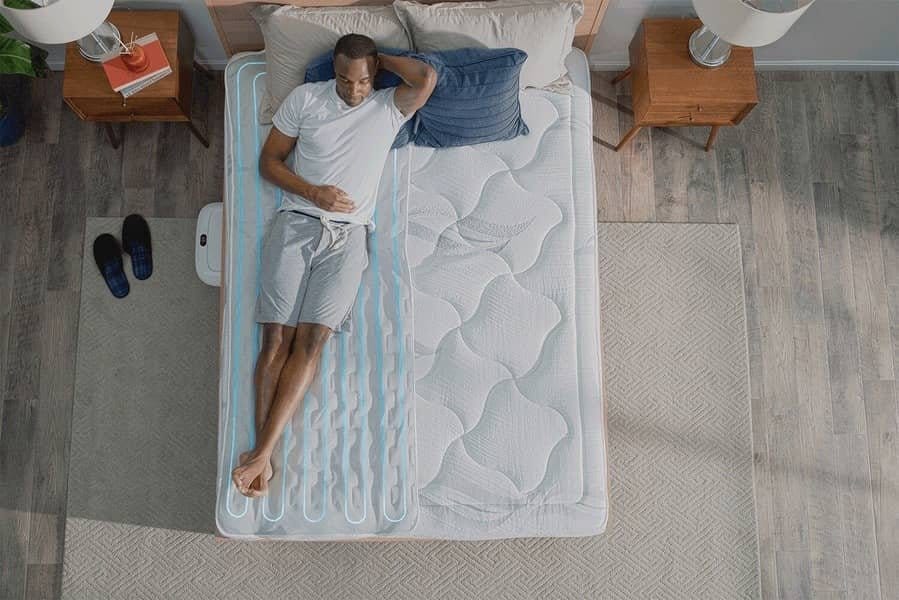
One study in 2012 found that “the temperature of the room where you sleep is one of the most important factors in achieving quality sleep”. This applies to the temperature of your bed for improving sleep quality too. We know most of you would have experienced ‘the sweats’ and have definitely gone through the tossing and turning, too hot, too cold situation when trying to get to sleep. You may be being affected by menopause, infection, hormone disorders or anxiety but chances are your room and bed temperature are just too hot! The Chilisleep range has different innovative layers that contribute to its effectiveness and it slips straight over your existing mattress (if you’re using the Chili Pad System). The range also includes weighted blankets and can be bought in sizes for one or two sleepers for the full sleep systems.
This is the kicker – The Chili Pad is an effective solution for both hot sleepers and cold sleepers as it allows you to set different temperature zones for either side of the bed, giving ultimate control to both sides. We sleep deeper with a cooler body temperature and can effectively recover faster, have better skin, reduce anxiety and depression, improve wellbeing, raise executive function and learning, reduce our chances of injury and accident all from setting our sleeping temperature with a remote.
Not only that, ChiliSleep offers a 20% discount off any new or certified refurbished sleep system for U.S. military, first responders and nurses*, supporting the people who are looking after us day and night, who often have their sleep cut short to do so.
Improve Sleep With Room Temperature Control
Not everyone is equipped with an airconditioning unit to have complete control over the ambient temperature of your room to improve sleep. But if you do, we recommend experimenting with the perfect temperature settings for your (and your partners) sleep no. We, and the sleep experts like Matthew Walker, recommend starting at 18 degrees celsius, which sounds cold but is scientifically proven to be the ideal sleeping temperature for most. Why we aim to keep our room temperature low is that cooler indoor temperatures mimic the natural pattern of cool evenings and are essential to reducing the body’s core temperature.
See the science on why it is better to sleep in a cold room
Hack Your Sleep And Supplement For Optimal Sleeping Patterns
Supplements for sleep don’t necessarily have to be reserved for use for those who struggle to sleep. We often use good natural sleep supplements in support of a quality sleep, in particular on days that have included high stress, high tempo or excessive screen time to help calm the mind and lull us off to sleep. Sleep supplements are not new and have been used for thousands of years in the form of traditional medicines like those used in Ayurvedic practice. Modern sleep supplements can come in the form of herbs, natural amino acids and pharmaceuticals.
The list of supplemental sleep aids is huge but we will focus on the best herbs and natural amino acids for getting the best sleep for recovery, some of which are the top recommendations of Tim Ferriss’ sleep hacks. We have narrowed it down to 5 of the most useful natural sleep supplement combinations to add to your sleep hacking regime to have the best sleeping patterns ever:
SleepWell by My Brain Co
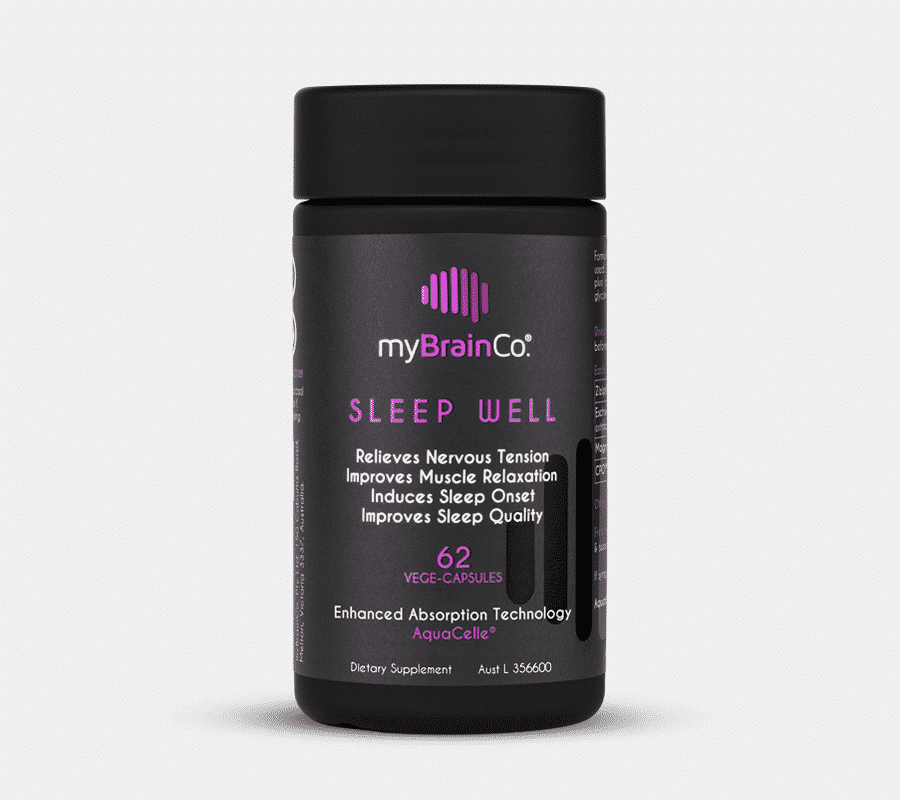
This is one of the more widely used and common supplements for sleep, relaxation and reducing anxiety. Sleep Well helps calm an overactive mind, relaxes the body’s muscles, and improves sleep quality. It combines premium calming herbs like Zizifus, California Poppy and Lavender Oil traditionally used for insomnia and anxiety, with a high-dose of organic-form magnesium glycinate.
What’s clear from the research is that a lack of magnesium negatively impacts sleep. Some of the signs of insufficient magnesium in your diet are muscle weakness and tiredness. A good night’s sleep is essential to mental and physical performance and the magnesium found in Sleep Well can help achieve such sleep.
Klova Sleep ZPatch
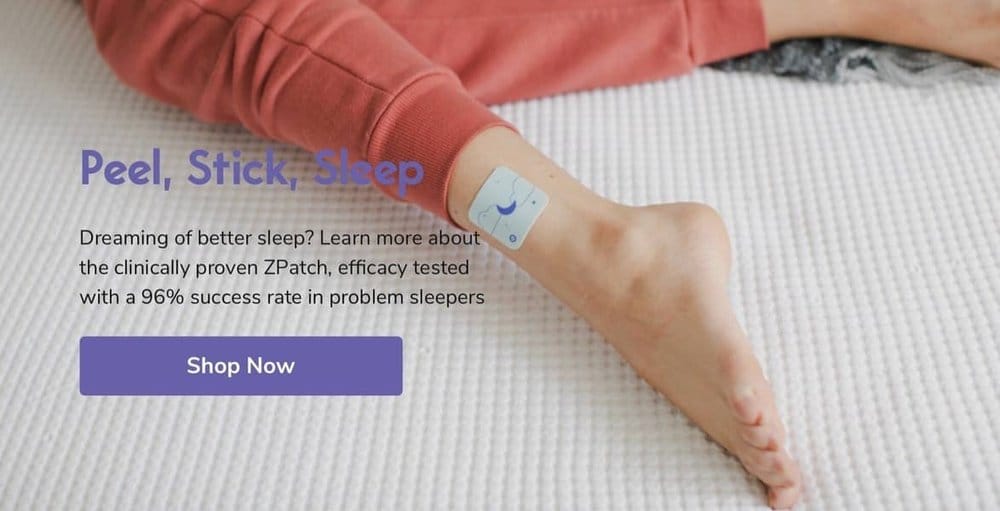
This is one of the most revolutionary sleep products we have tried and tested. For people who don’t like or can’t swallow or stomach capsules and pills but still want to take a sleep supplement this is a no-brainer. The sleep supporting ingredients list on these patches and gumming are some that would even put insomniacs to sleep. The three layered patch is scientifically tested and has a calming blend of 10 nature inspired ingredients on each Zpatch including Melatonin, L-Theanine, GABA, Hope, 5-HTP, Magnesium and Valerian. In the CPC study testing these patches 92% of participants fell asleep faster, 94% of participants reported more energy in the morning after using the ZPatch and 98% of participants reported less disturbed, higher quality sleep.
Vegan Sleep by Future Kind

An animal cruelty free and plant-based option to supplementing for the best sleep and the best recovery ever. The reality is that many over the counter sleep supplements contain synthetic ingredients that might get you to sleep, but they can also get you an addiction. They also tend to use ingredients that neglect the waking up part.
Future Kind has developed a powerful vegan sleep aid that combines 8 ingredients, including Melatonin, Camomile Flower, Lemon Balm Leaf, Passionflower Herb, L-Theanine and 5-HTP. Combining a potent combination of evidence-based mostly natural ingredients that not only focus on getting you to sleep, but also the quality of your sleep and the way you feel the next morning.
Check out world renowned angel investor and podcaster Tim Ferriss’ evening routine

Reishi mushroom has been used for many millennia in Asian cultures, it is regarded as a symbol of health, longevity, success and divine power and it is commonly referred to as “The mushroom of immortality”. The benefits of Reishi mushroom have been widely studied and in one animal study the extract of Reishi was shown to significantly increase total sleep time and non-rapid eye movement (NREM) sleep time Drop a few squirts to create a super relaxation sleep tea or even straight into a glass of water. We have been making this epic Reishi Mushroom Hot Chocolate in the evening as a tasty alternative when we have had too many nights of dessert in a row. Really the only ingredients in this double liquid extract dropper is Reishi Mushroom, Kakadu Plum and Distilled Water.
Huperzine-A by Double Wood
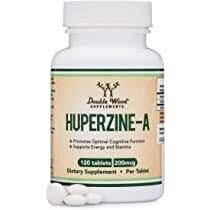
This is a nootropic which taken 20-30 minutes prior to sleepy time has been shown to increase REM sleep by 20-30%. Worth mentioning that taking this nootropic should be limited to just a couple of times each week to avoid associated side effects. Its reputation for increasing REM sleep (dreaming stage of sleep) and lucid dreaming is related to acetylcholine whereby Huperzine A allows choline to stay active and not be broken down between bouts of REM sleep, it increases awareness of REM and so it can also help with lucidity and dream retention. The compound also has some neuroprotective qualities which are important for maintaining a healthy brain. Double Wood Supplements also has some fantastic Sleep Stacks available too.
Switching Off The Mind For The Best Sleep With Meditation
Like herbal remedies, mindfulness and meditation has also been practiced for hundreds of years to tame the mind and invoke internal peace for awareness and relaxation. Physiologically, meditation changes brain activity and has also been shown to lower your heart rate, blood pressure, breathing rate, oxygen consumption, adrenaline levels, and levels of cortisol, a hormone released in response to stress. All of these effects of meditation contribute to being able to lay down and turn off the mind chatter to have a restful sleep. There are a breadth of meditation resources including apps and guided meditations that can be found on Youtube.

After over 24 months of using the Waking Up App by Sam Harris we have been able to try out a huge selection of guided meditations on the app. There are some really deeply useful resources within the app and some of the paid “practice” session include The Stoic Pathway, The Spectrum of Awareness, Metta (loving kindness), An Introductory Course with 28 sessions, The Headless Way, Meditation for Children and Effortless Mindfulness to name a few. The app can be used in a free trial too!
Breathing Yourself To Sleep
Breathing is a function of the autonomic nervous system. But the interesting thing about breathing is that despite it being an automated function of the body, it can also be consciously manipulated in order to achieve amazing results for stress relief, lowering anxiety, increasing focus and improving sleep. Breathing practices like Yoga Nidra (literally meaning “yogic sleep”), offer a super relaxation addition to all of the other practices and supplements we have already mentioned.
Yoga Nidra breathing exercise to optimise sleep
Yoga Nidra is generally practiced lying down and we usually do it once we have already climbed into bed. The focus of the breathing practice is to draw the attention inwards and to consciously notice transitioning between wakefulness and sleep.
Studies on Yoga Nidra show it is an effective intervention for anxiety and an effective tool at reducing the physiological effects of anxiety which could also improve prospects of sound sleep. Not only that, a study in 2017 demonstrated that Yoga Nidra could be used as an important tool for the management of chronic insomnia.
Using Timed Exercise For Targeting Hormones For Better Sleep

Exercise within 30 minutes of waking is another practice that neurobiologist Dr. Andrew Huberman recommends for setting in motion a healthy circadian rhythm by encouraging the release of cortisol from working out. In fact, this is a scientifically well known function of cortisol and aerobic exercise has been shown to increase the Cortisol Awakening Response (CAR). Alongside lack of sleep, exercise is another practice that a large majority of the population are lacking in. The interrelationship between sleep and exercise is a deep one and evaluation of studies shows that higher leisure time physical activity is correlated with better sleep, of a longer duration and higher quality.
“If you’re really committed to brain health, you want to be exercising every day.” — Peter Attia
Your sleep routine begins the moment you wake up and what Tim Ferriss suggests as a waking up routine to set the master clock and kick start cortisol production is skipping for at least 2 minutes shortly after waking. Other biohackers recommend training within 30 minutes of getting up. Scientifically, it has also been proven that those who exercise around 7am experience better quality and deeper sleep as an effect of their early morning exercise. The changes in sleep architecture as a result of early morning exertion give good reason to wake up and get moving, setting the scene for an easy transition to sleep later on.
How Do I Know If I Am Sleeping Well? Tracking Your Sleep With Wearables
We know roughly what a good night’s sleep feels like and definitely know what a bad one feels and looks like. But, wouldn’t it be nice to be able to peer into the sleep records and get some insider info into the truth about your sleep quality, quantity and how to influence it for the better. We have looked at a number of sleep tracking wearables in our previous articles and have tried and tested over 15 different sleep tracking devices and tech.
We know alot about fitness and sleep tracking gear and we have been putting a couple of amazing (and some not so good) bits of tech to the test in particular for sleep data. The best sleep tracking watches, straps and rings will let you know a broad range of sleep metrics including heart rate, body temperature, Heart Rate Variability, REM sleep, deep sleep, sleep disturbances, O2 levels, breathing rhythms and more. Some will even give you smart alarms to wake you up at the most appropriate time in your sleep cycle.
To save you the time, our top 3 recommendations for best sleep tracking devices and wearables to follow your sleep data would have to be these highly effective devices. We include one strap, one headband and one ring style sleep tracking device to pick whichever tickles your fancy.
Best Sleep Tracking Wrist Strap: Whoop Strap 3.0
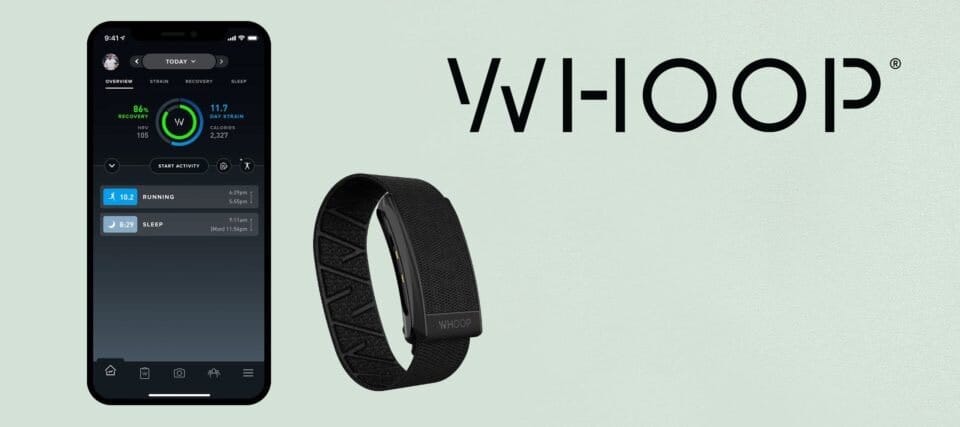
The Whoop Strap 3.0 – Whoops mission is: “To unlock human performance. We believe every individual has an inner potential that you can tap into if you can better understand your body and your behaviors. We’ve built technology across hardware, software and analytics designed to continuously understand you.”
Designed by a Harvard scholar, The Whoop strap works off a very simple traffic light (green, amber or red) zone system to indicate your percentage of recovery, combined with a “strain score” for the day. This gets combined into a Weekly Performance Assessment visual which gives you an excellent visual on how well you are recovering, how primed you are to do more or if you need to do less.
It’s equipped with two LEDs and an accelerometer that give it the super powers to track all the good stuff. Biometrics that we biohackers simply dream of like sleep data, respiratory rate, and heart rate variability all combine to give us an extremely valuable snapshot of strain and recovery for optimal performance whether that be for training for your next ultra marathon or recovering from a solid working week.
Best Sleep Tracking and Meditation Headband: Muse 2
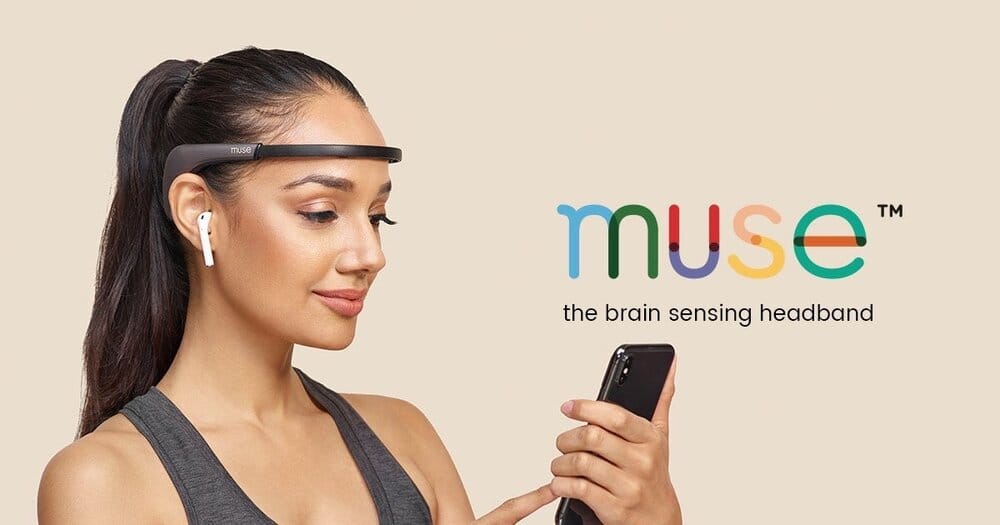
Muse S Headband – Muse is based around EEG or electroencephalogram. It essentially detects electrical activity in the brain, yes, even when we are in slumber. But it’s what the Muse S does with that information that is the kicker. The Muse S cleverly translates your brain activity into audible sounds (a type of your choosing) that give you a real time indication of how busy or peaceful the mind is. So what? Well, for the busy mind it is a really useful and potentially relaxing way to let you know when you are on the right track and when you need to slow things down and bring yourself back to the present. Everyone from athletes to doctors are using the Muse S for performance enhancement, anxiety, cognitive training, sleeplessness and loads of other areas of potential exploitation.
Best Sleep Tracking Ring : SleepOn Go2Sleep Ring
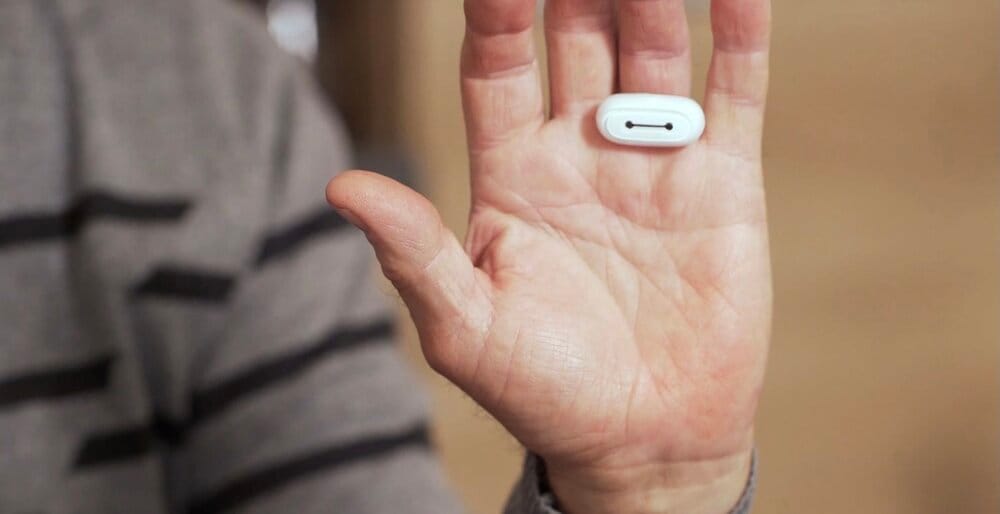
SleepOn Go2Sleep Ring – The Go2Sleep Ring has a whole sleep lab in a little 6 grams bundle of sleep insight. It is extremely expensive to get professional sleep analysis but this is a cost effective wearable sleep tracker that solves that problem.
Final Word On Better Sleep For Recovery
There is much to learn about sleep. We hope this article has armed you with some important knowledge about not only why we sleep, but how you can affect your sleep through better sleep hygiene practices and better sleep supplementation.
Sleep can be a delicate dance and we understand that some people have medical issues surrounding sleep. As always, we insist that advice we provide in this article is not of a medical nature and you should consult a professional for medical recommendations.
We simply know that factors surrounding light, temperature, food, stress, exercise, supplements and sleep hygiene can all contribute to how good your sleep is. We urge you to try some or a combination of these practices to seek your best sleep potential and optimise your performance and recovery potentials.
Smarter recovery for humans…
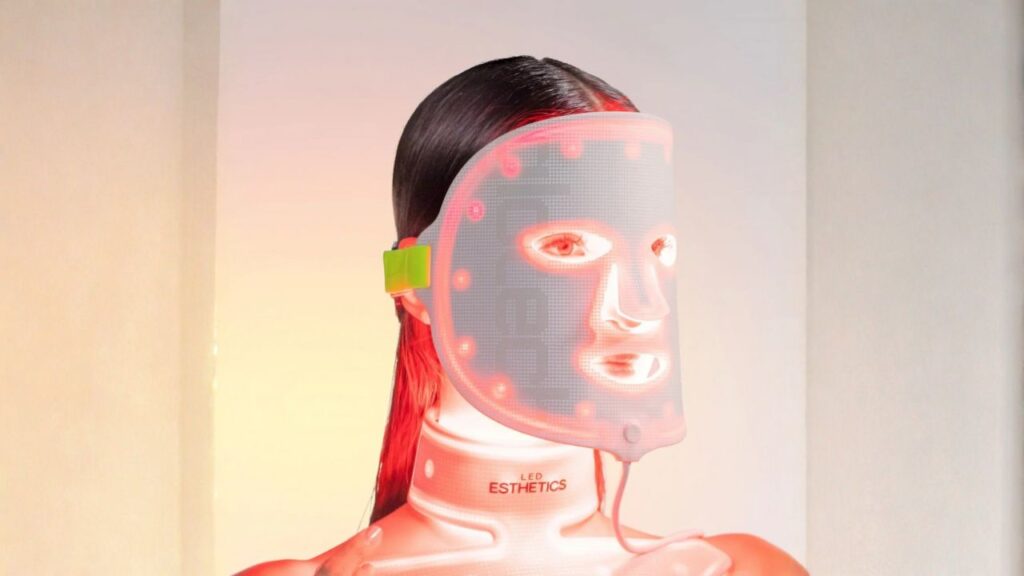
Infraredi Slim Lite vs Flex Mini: Which is Better?
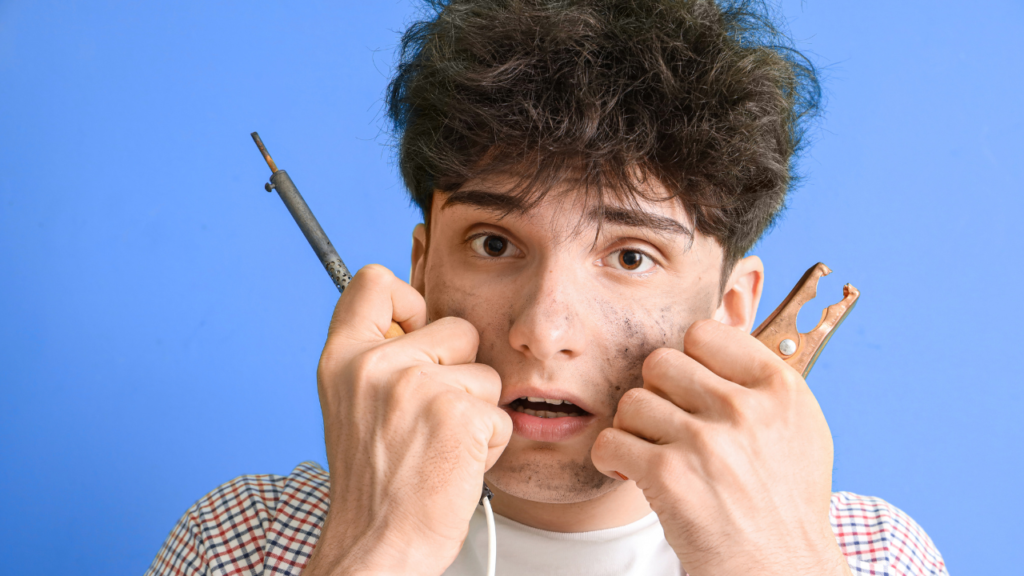
Infraredi Slim Lite vs Flex Mini: Which is Better?
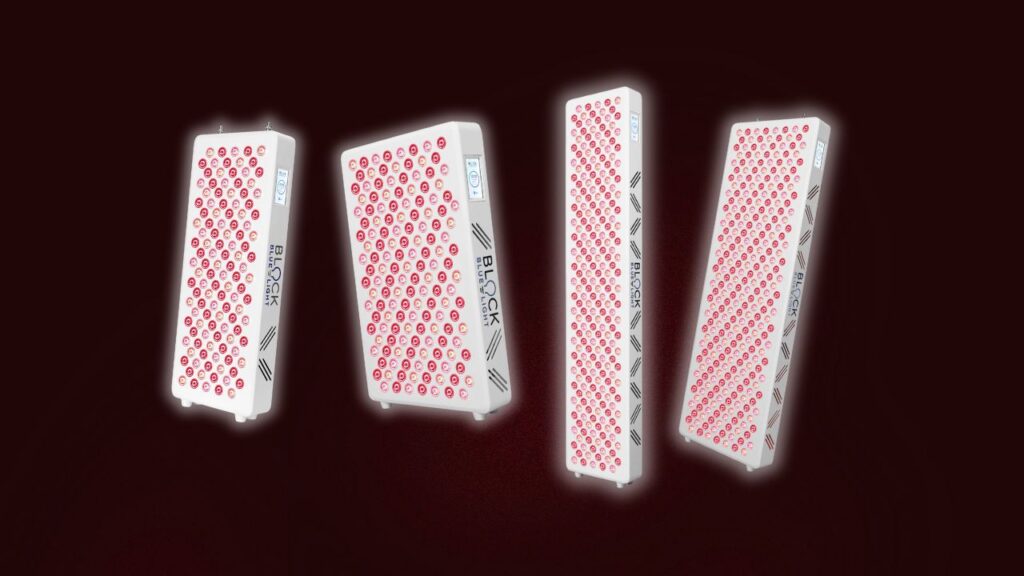
Infraredi Slim Lite vs Flex Mini: Which is Better?
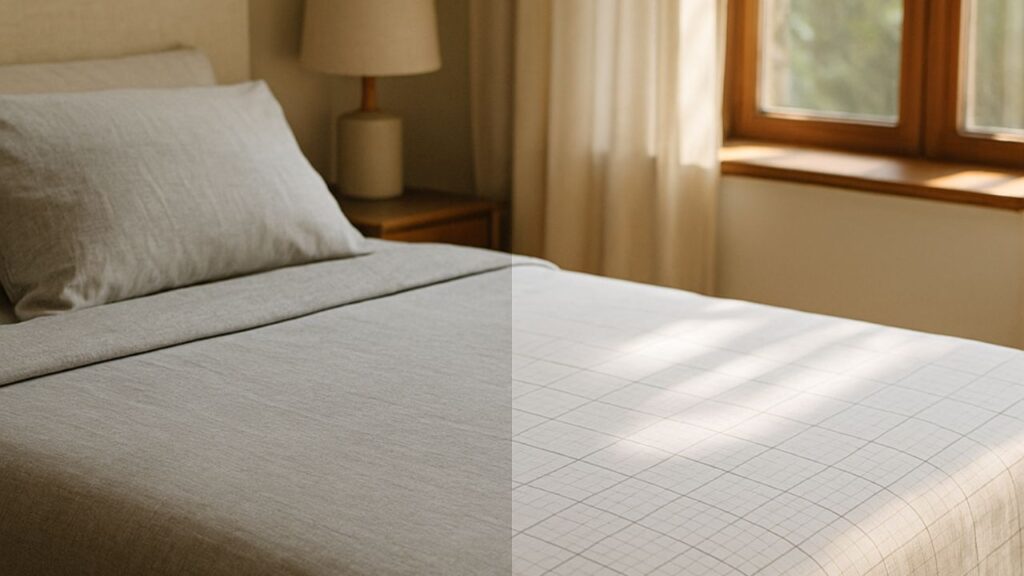
Infraredi Slim Lite vs Flex Mini: Which is Better?
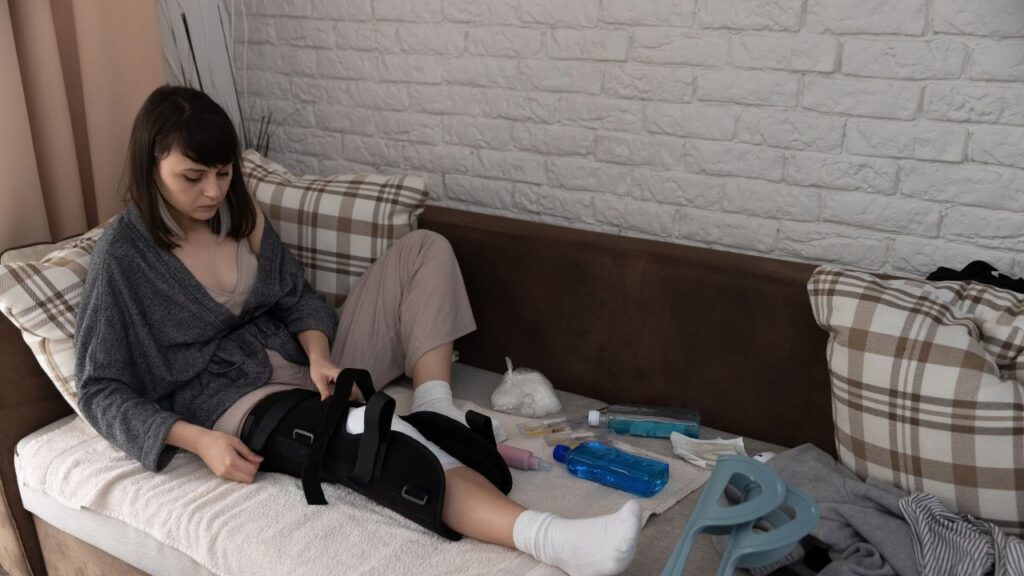
Infraredi Slim Lite vs Flex Mini: Which is Better?

Infraredi Slim Lite vs Flex Mini: Which is Better?
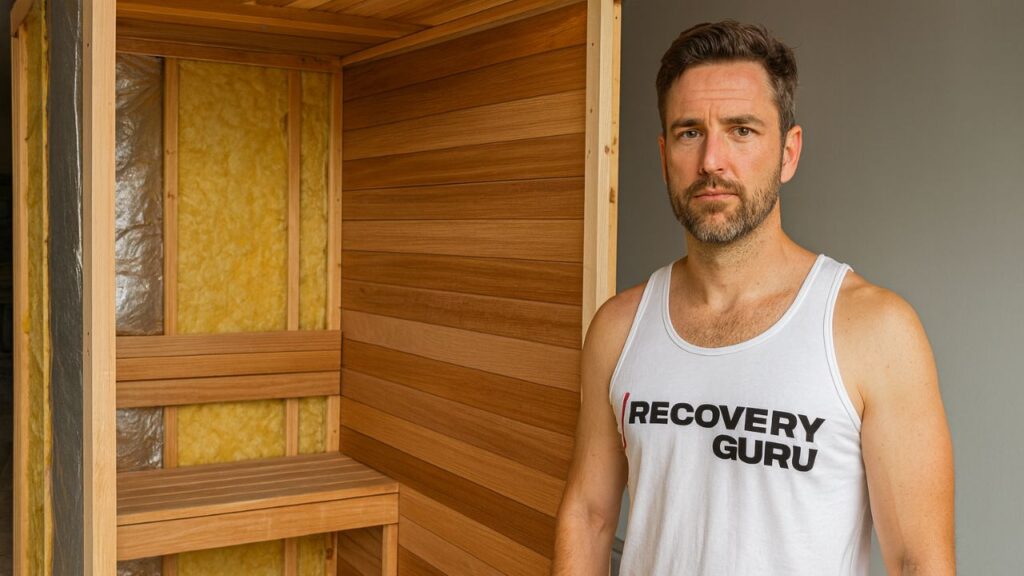
Infraredi Slim Lite vs Flex Mini: Which is Better?
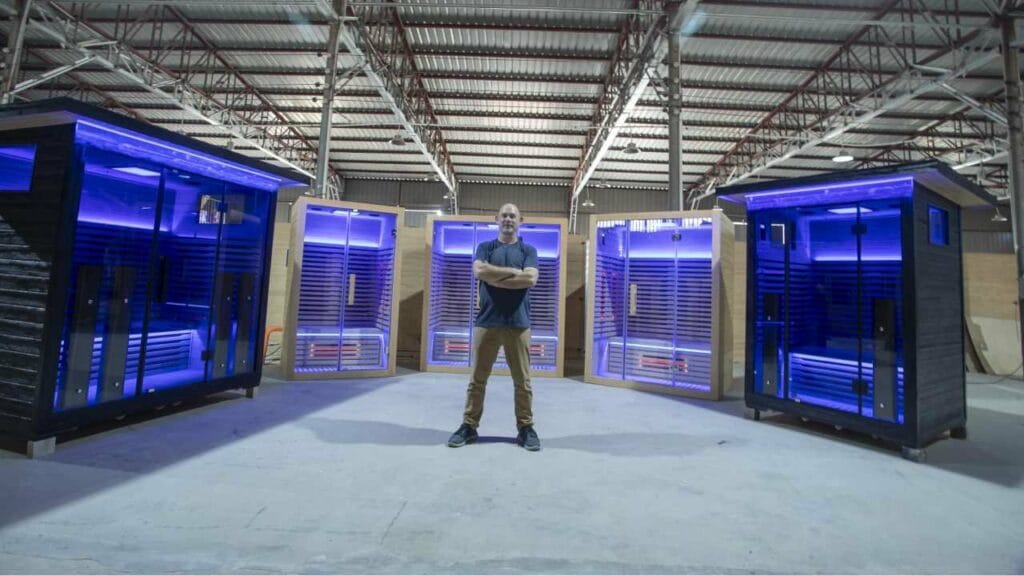
Infraredi Slim Lite vs Flex Mini: Which is Better?
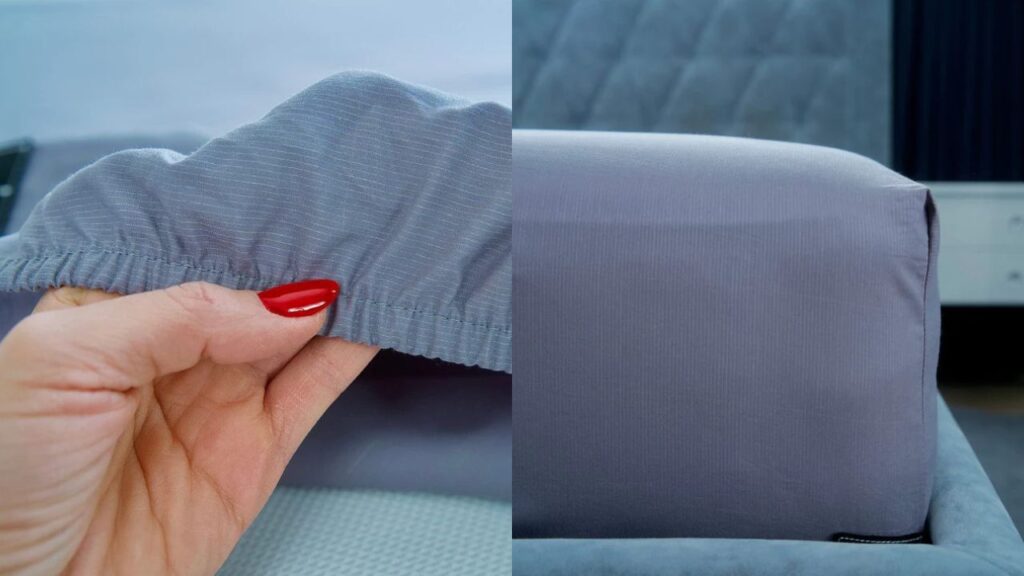
Infraredi Slim Lite vs Flex Mini: Which is Better?
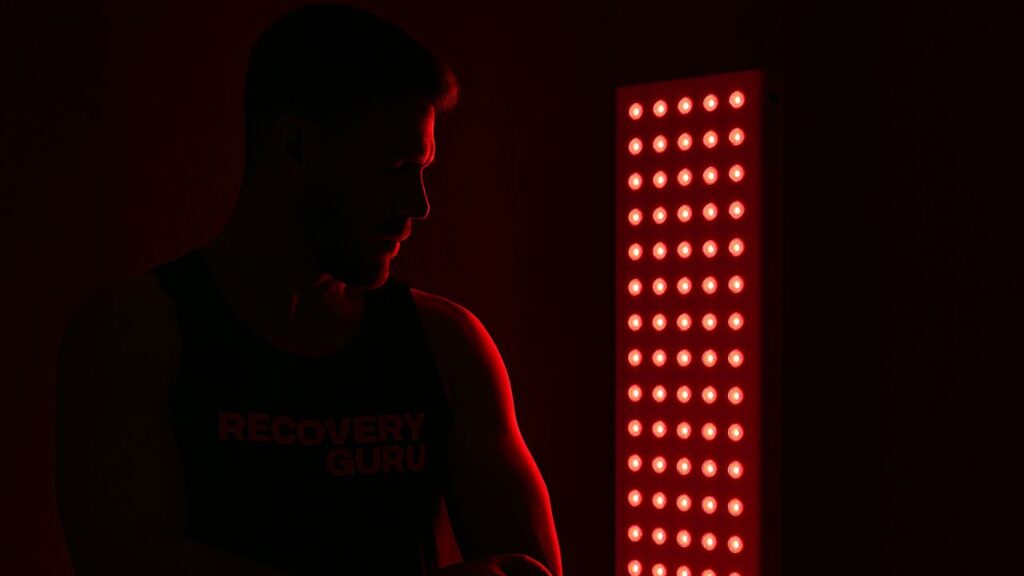
Infraredi Slim Lite vs Flex Mini: Which is Better?
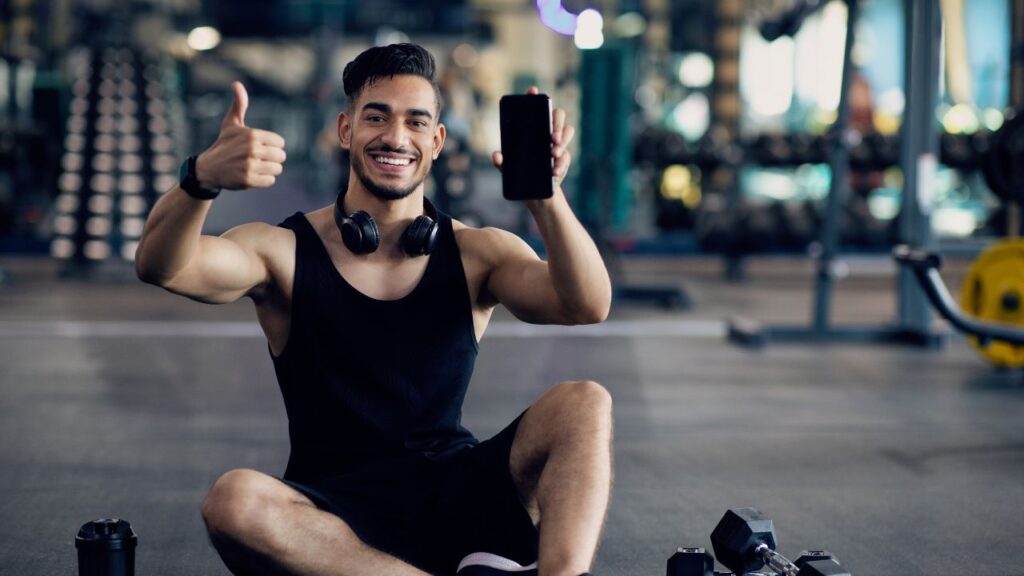
Infraredi Slim Lite vs Flex Mini: Which is Better?
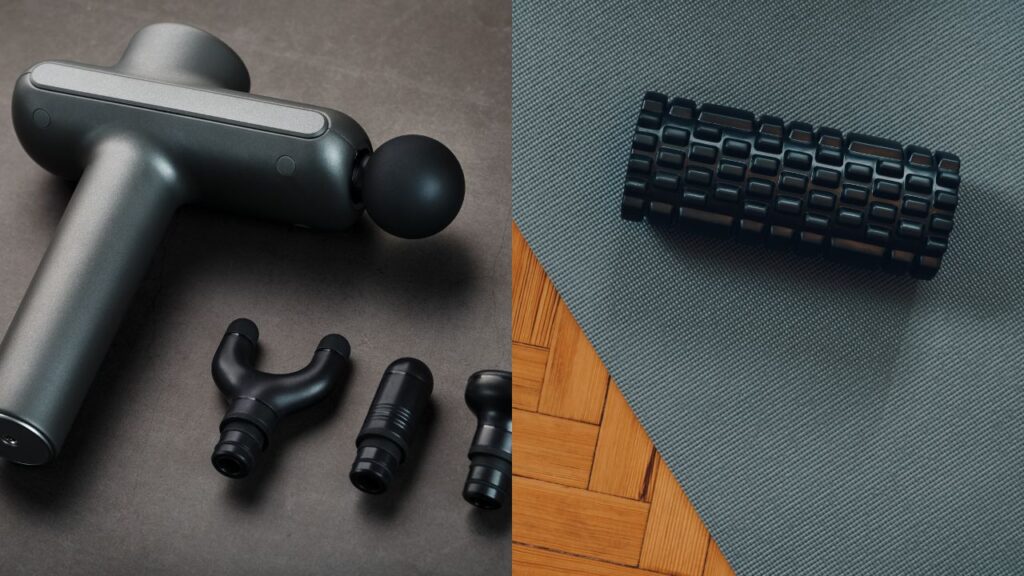
Infraredi Slim Lite vs Flex Mini: Which is Better?

Infraredi Slim Lite vs Flex Mini: Which is Better?
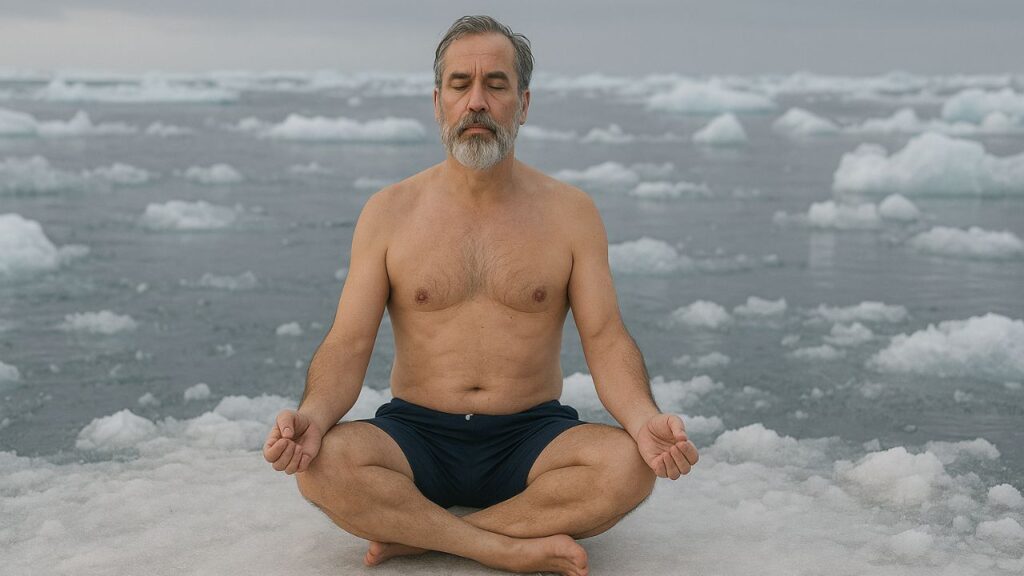
Infraredi Slim Lite vs Flex Mini: Which is Better?
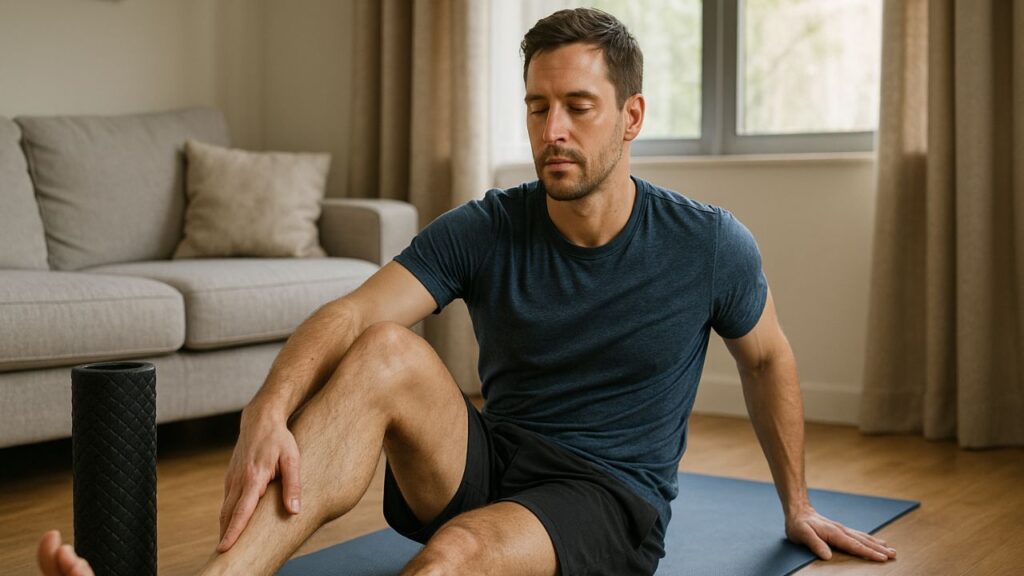
Infraredi Slim Lite vs Flex Mini: Which is Better?

Infraredi Slim Lite vs Flex Mini: Which is Better?
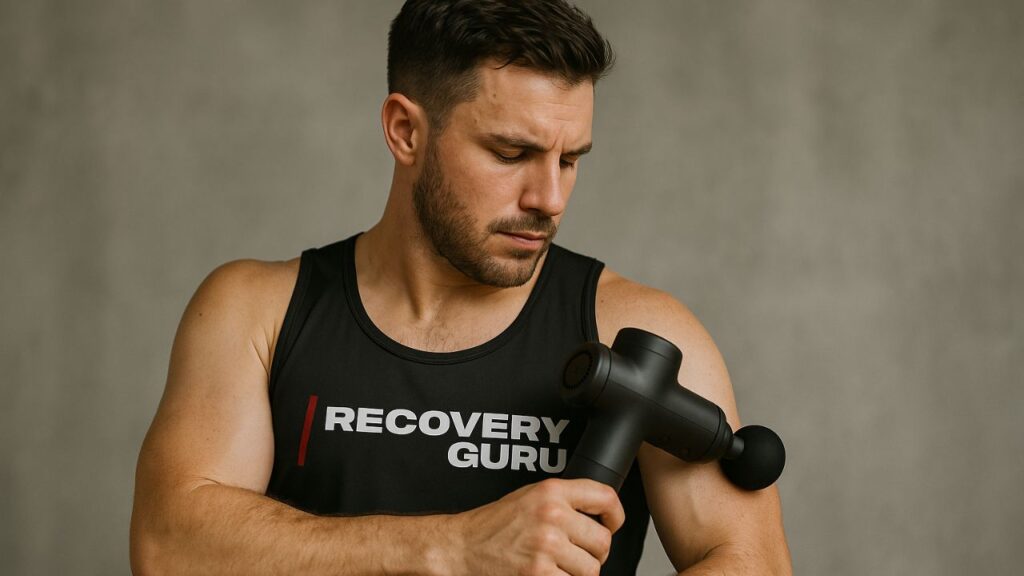
Infraredi Slim Lite vs Flex Mini: Which is Better?
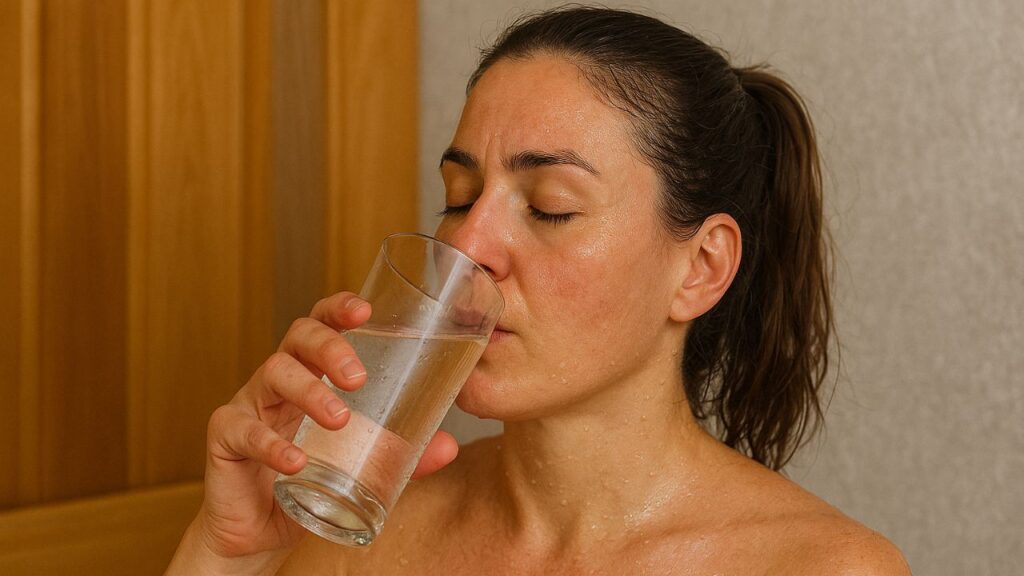
Infraredi Slim Lite vs Flex Mini: Which is Better?
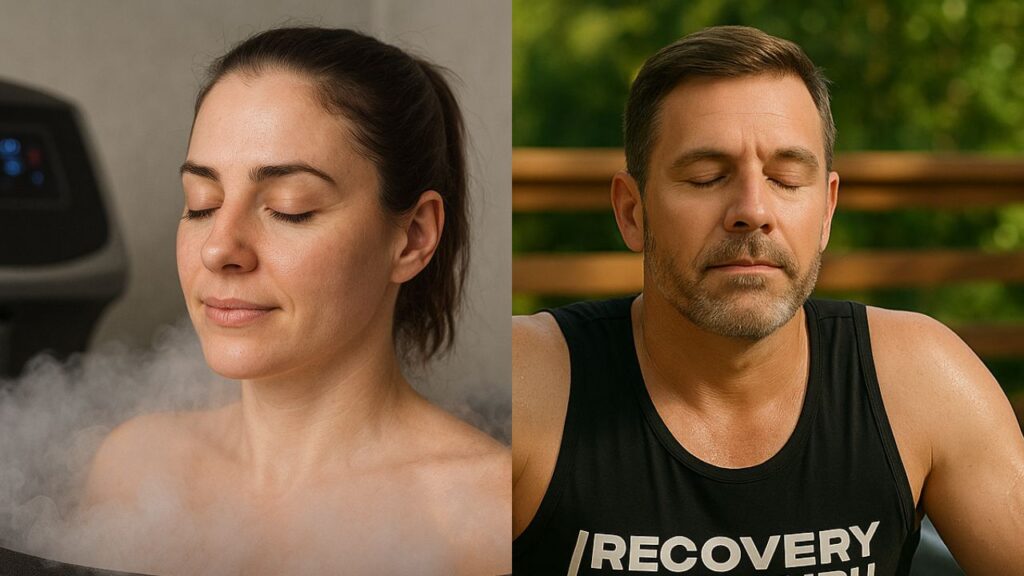
Infraredi Slim Lite vs Flex Mini: Which is Better?

Infraredi Slim Lite vs Flex Mini: Which is Better?
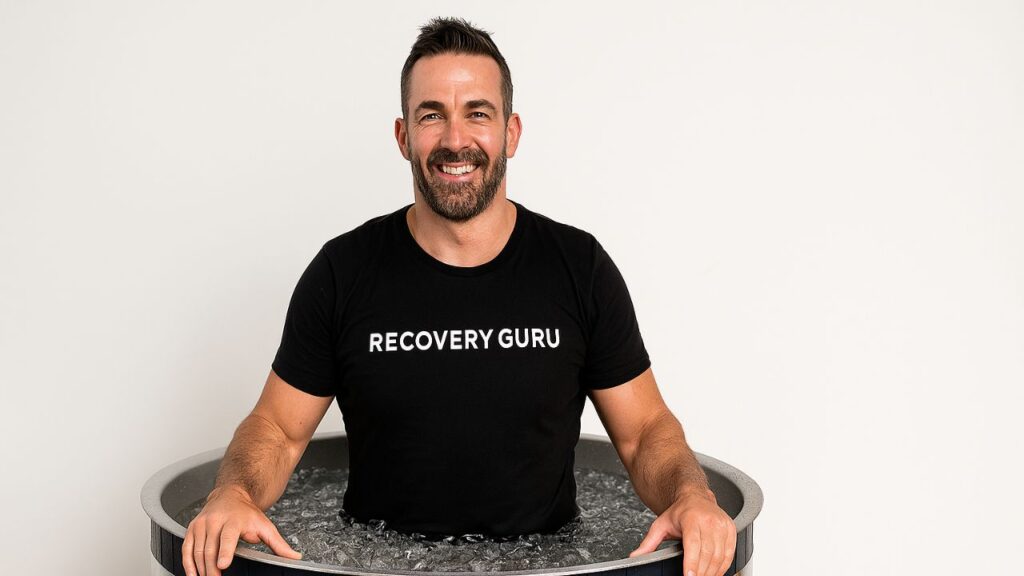
Infraredi Slim Lite vs Flex Mini: Which is Better?
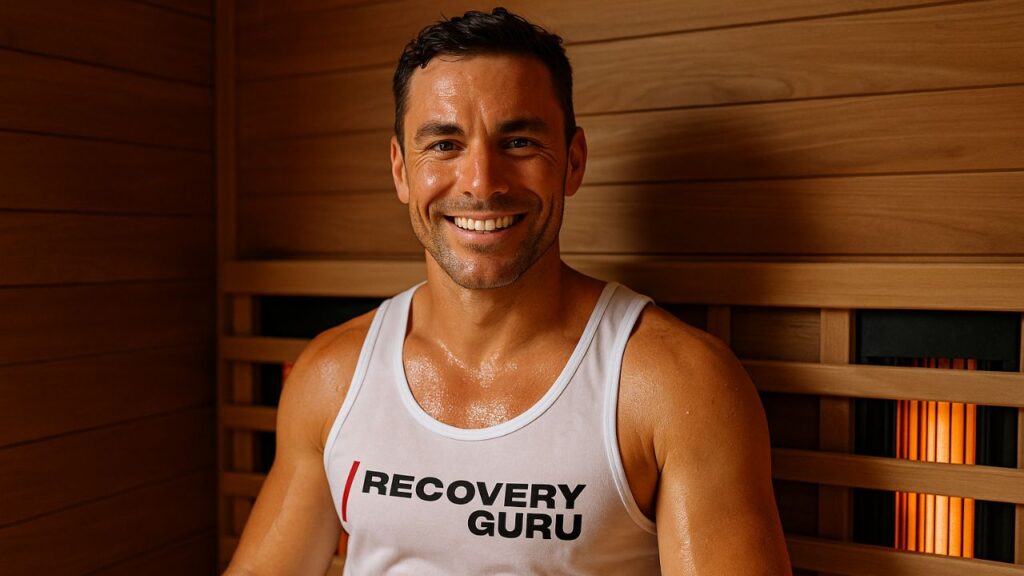
Infraredi Slim Lite vs Flex Mini: Which is Better?

Infraredi Slim Lite vs Flex Mini: Which is Better?

Infraredi Slim Lite vs Flex Mini: Which is Better?

Infraredi Slim Lite vs Flex Mini: Which is Better?
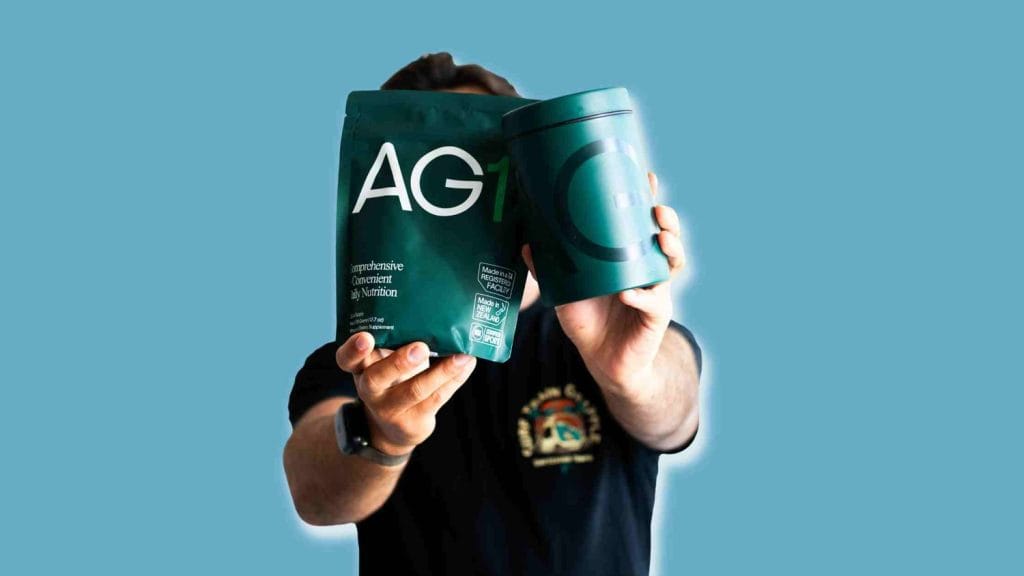
Infraredi Slim Lite vs Flex Mini: Which is Better?

Infraredi Slim Lite vs Flex Mini: Which is Better?

Infraredi Slim Lite vs Flex Mini: Which is Better?

Infraredi Slim Lite vs Flex Mini: Which is Better?

Infraredi Slim Lite vs Flex Mini: Which is Better?

